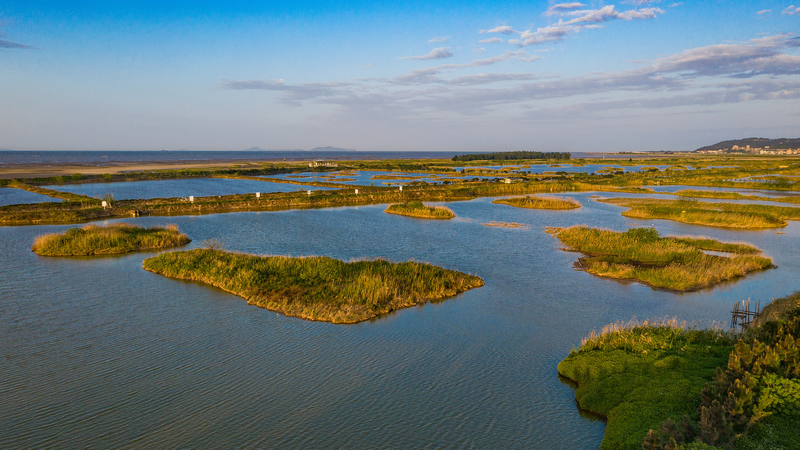On the southern bank of the Minjiang River estuary in the Chinese mainland's Fujian Province, a sprawling wetland sanctuary covering roughly 2,400 hectares is proving indispensable to one of nature’s most ambitious migrations.
As a key stopover post on the East Asian-Australasian migratory bird flyway, this estuarine landscape supports diverse shorebirds, terns and herons on their journey between distant breeding and wintering grounds.
Recent efforts harness remote sensing, drone surveys and in-field monitoring to track shifts in water quality, vegetation and bird patterns. These data-driven insights allow teams to tackle pollution hotspots, curb invasive plants and guide habitat restoration.
Early signs show stronger habitat resilience and more frequent bird arrivals, drawing eco-travelers to observation platforms that blend immersive experiences with minimal wildlife disturbance.
For business innovators and tech enthusiasts, the Minjiang model highlights how eco-tech can power conservation. Thought leaders and changemakers can draw inspiration from this fusion of science and on-the-ground action to safeguard migratory routes globally.
Ultimately, the Minjiang estuary proves that when technology meets conservation, young global citizens can witness—and support—the transformation of fragile ecosystems into thriving wildlife havens.
Reference(s):
cgtn.com




